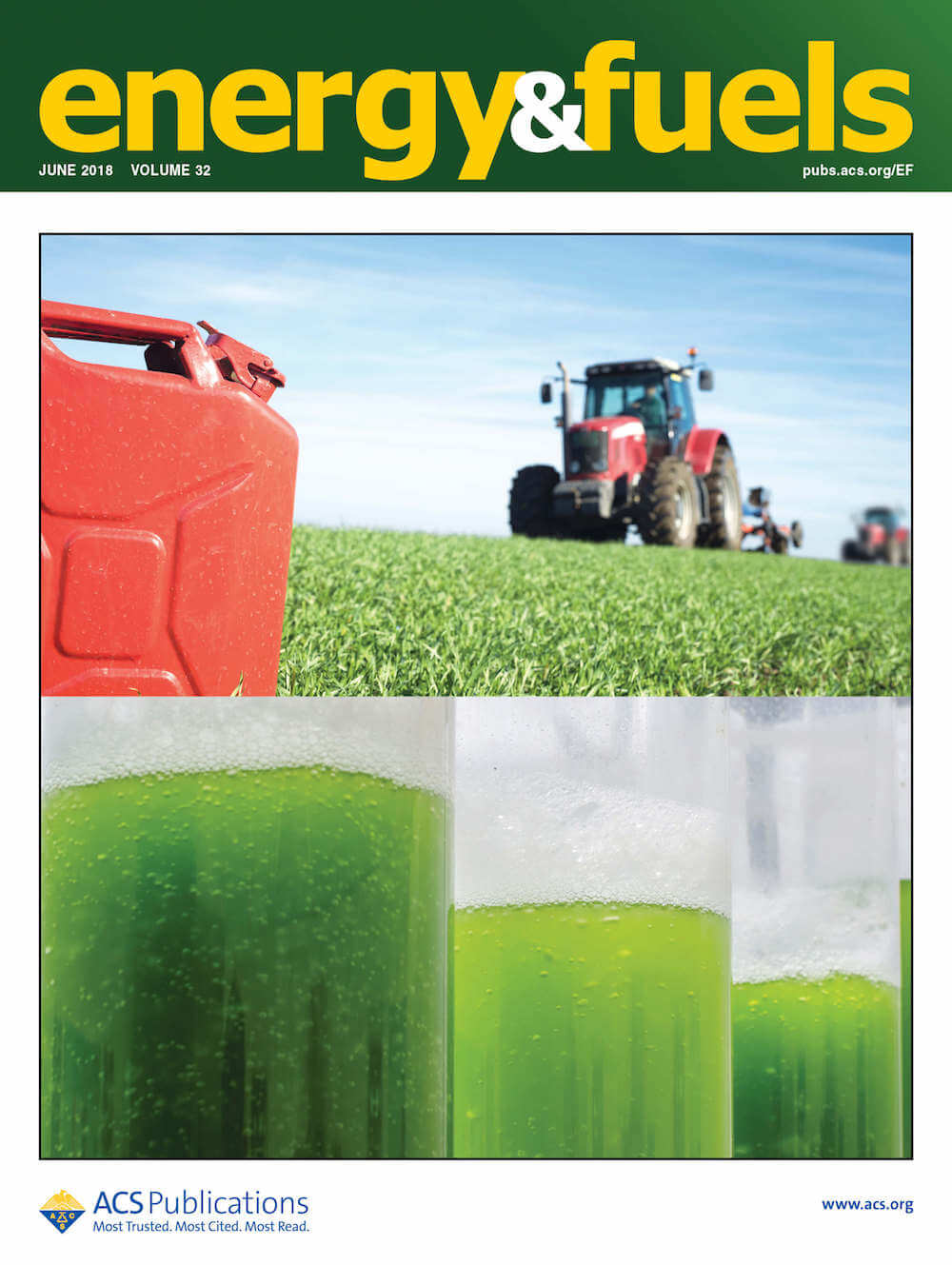Abstract
Design and optimization of higher efficiency, lower-emission internal combustion engines are highly dependent on fuel chemistry. Resolving chemistry for complex fuels, like gasoline, is challenging. A solution is to study a fuel surrogate: a blend of a small number of well-characterized hydrocarbons to represent real fuels by emulating their thermophysical and chemical kinetics properties. In the current study, an existing gasoline surrogate formulation algorithm is further enhanced by incorporating novel chemometric models. These models use infrared spectra of hydrocarbon fuels to predict octane numbers, and are valid for a wide array of neat hydrocarbons and mixtures of such. This work leverages 14 hydrocarbon species to form tailored surrogate palettes for the Fuels for Advanced Combustion Engine (FACE) gasolines, including candidate component species not previously considered: n-pentane, 2-methylpentane, 1-pentene, cyclohexane, and o-xylene. We evaluate the performance of “full” and “reduced” surrogates for the 10 fuels for advanced combustion engine (FACE) gasolines, containing between 8–12 and 4–7 components, respectively. These surrogates match the target properties of the real fuels, on average, within 5%. This close agreement demonstrates that the algorithm can design surrogates matching the wide array of target properties: octane numbers, density, hydrogen-to-carbon ratio, distillation characteristics, and proportions of carbon–carbon bond types. We also compare our surrogates to those available in literature (FACE gasolines A, C, F, G, I and J). Our surrogates for these fuels, on average, better-match RON, MON, and distillation characteristics within 0.5%, 0.7%, and 0.9%, respectively, with literature surrogates at 1.2%, 1.1%, and 1.8% error. However, our surrogates perform slightly worse for density, hydrogen-to-carbon ratio, and carbon–carbon bond types at errors of 3.3%, 6.8%, and 2.2% with literature surrogates at 1.3%, 2.3%, and 1.9%. Overall, the approach demonstrated here offers a promising method to better design surrogates for gasoline-like fuels with a wide array of properties.
